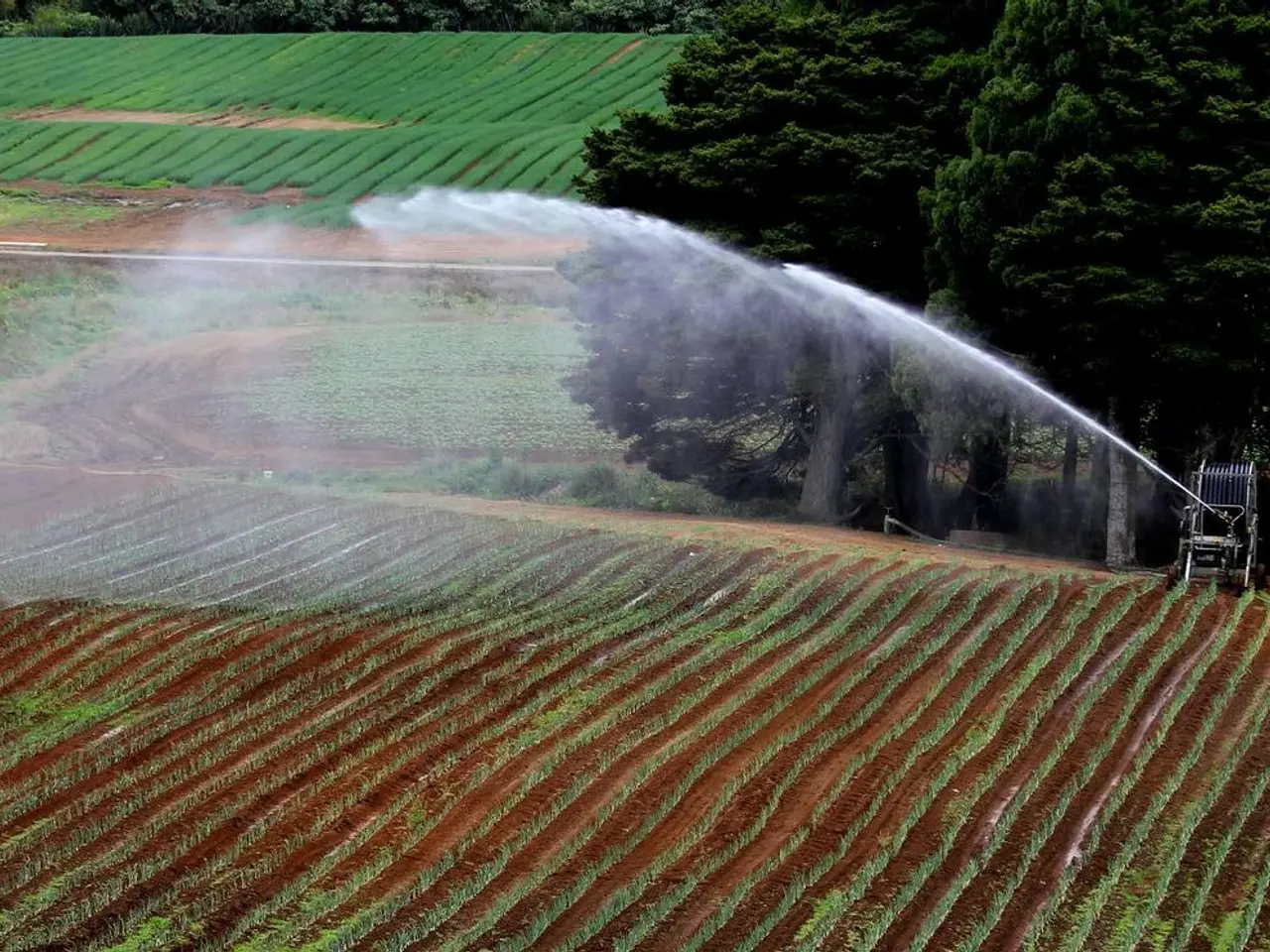Government sees through funding plan for disaster relief assistance
The Taiwanese government has taken a significant step towards rebuilding the southern regions affected by recent inclement weather, including Typhoon Dana, by proposing a special budget of NT$56 billion ($1.88 billion) for disaster relief and recovery work.
The proposed budget, which has already been approved, aims to address urgent needs such as infrastructure repair, rebuilding homes, restoring public utilities, and supporting affected communities in the hardest-hit areas. These include Tainan, Kaohsiung, Chiayi City, Chiayi, Pingtung, Taitung, Changhua, Yunlin, and Nantou counties.
The recovery work is expected to support the private sector in agriculture, fisheries, tourism, and cultural industries, as well as provide subsidies, compensation, and other relief measures for financially affected households. The government has prioritized quick disbursement of funds to restore roads, bridges, and water systems, as well as providing financial aid to displaced residents and affected businesses.
Transparency and accountability are key priorities for the government, ensuring that the funds are used effectively for disaster recovery and resilience building. The bill, which was passed by the legislature last month and promulgated by President William Lai last week, is effective until the end of 2027 and can be extended with the approval of the legislature.
Premier Cho Jung-tai met with Legislative Speaker Han Kuo-yu to gain the legislature's approval for the recovery work. Han Kuo-yu has promised to prioritize the recovery bill on the legislature's agenda. The recovery and reconstruction projects planned include agricultural facilities, electricity systems, telecommunications, water and gas systems, public facilities, irrigation, roads and traffic, environmental hygiene, and social recovery and industry promotion.
The government has acknowledged that the disaster relief budget under the Disaster Prevention and Protection Act is not sufficient, given the worsening situation in the nation's south. The recovery bill is the second special bill proposed by the government this year, the first being an act that allocated NT$530 billion to bolster Taiwan's security infrastructure and provide relief to businesses and individuals affected by US tariffs.
The special bills are usually funded through surplus tax revenues and borrowing. The recovery work will commence once the recovery bill passes its third reading, after which the Cabinet will propose a separate appropriations bill.
Unfortunately, the disaster has claimed two lives and over 700 people have been injured. Thousands of people have been forced to evacuate due to the inclement weather. For more specific details such as exact spending updates or project progress, these are typically reported regularly by Taiwan’s Ministry of Finance or the Executive Yuan’s disaster response offices. For ongoing reports and summaries in more detail, you can refer to these official sources.
The recovery bill, which has been passed by the legislature and promulgated by President William Lai, focuses on policy-and-legislation related to disaster relief and recovery work, including politics surrounding the funding and execution of the projects. This bill, effective until the end of 2027, also covers general-news topics such as infrastructure repair, rebuilding homes, and restoring public utilities, particularly in the affected counties like Tainan, Kaohsiung, and Changhua.







